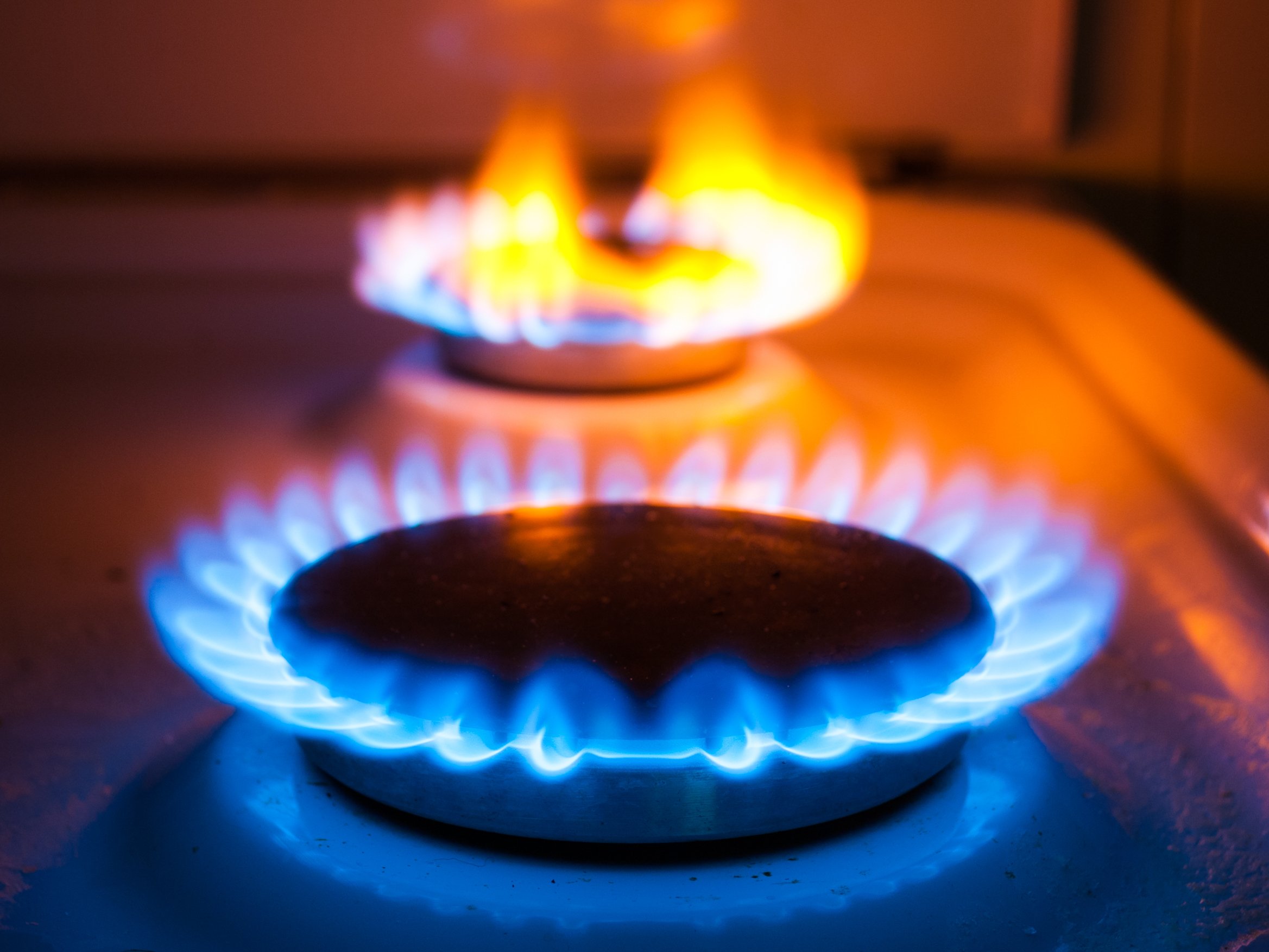All of a sudden, I’m feeling pretty good about my electric induction stove. The fact that I can only have electric in my home (no gas in the neighborhood) used to bother me, but today I’m happy. All right, maybe that’s overstated, but here we are with another case of comfort/efficiency injuring us. The leakage from a gas stove that ISN’T EVEN USED (think “we always order in”) leaks enough carcinogens to equate having a smoker in your house. Which, I should point out, raises you risk of heart disease, stroke, lung cancer all by about 25-30%. For heart disease, that means more than twice as many people die from second-hand related heart disease every year than women die of breast cancer. That’s a lot.
This is not suggesting everyone should scrap their gas stoves. But it does point out that we are always being bombarded with toxins, even in our homes, when we think we are safe. This means we need to be more diligent in our efforts to keep our bodies clean and resilient. The cheapest way to do that it is to SLEEP enough (7-9 hrs a night) and to MOVE (even 10 minutes of exercise a day will make a difference).
If you want to get more serious, call me!
Study finds that natural gas leaks result in elevated benzene levels, even when stove not in use
Leakage of unburned natural gas piped into millions of California homes for heating and cooking was found to contain elevated concentrations of cancer-causing agents such as benzene, according to a new study.
The amount of unburned gas that leaks from appliances and infrastructure in the course of 1 year is comparable to the annual benzene emissions from 58,800 light-duty gasoline vehicles, reported Eric D. Lebel, PhD, of PSE Healthy Energy in Oakland, and colleagues in Environmental Science & Technology.
"Stoves leak small amounts of gas all the time, even when they are off. While these leaks are often too small to smell, they can still impact air quality and increase human health risks in our homes," said Lebel in a press release. "We found that just having a gas stove can create benzene concentrations in the kitchen comparable to secondhand smoke."
This report follows a previous study in which the same research team measured methane emissions from stoves in 53 California homes and found that they emitted 0.8-1.3% of the gas they use as unburned methane, not only when in use, but when off, and when flames are ignited and extinguished.
Another recent investigation led by Drew Michanowicz, DrPH, also of PSE Healthy Energy, who co-authored the current study, analyzed unburned natural gas samples from 69 unique kitchen stoves and building pipelines across Greater Boston and found that they contained varying levels of volatile organic chemicals known to be toxic, including benzene, toluene, ethylbenzene, xylene, and hexane.
The relationship between natural gas and indoor air pollution is of particular concern in California. According to the U.S. Energy Information Administration, 88% of all California households had natural gas services in 2020, a saturation level that is the second highest in in the U.S. Furthermore, 70% of California homes have stoves that use natural gas.
"Natural gas leaks are a source of hazardous air pollutants that have largely been overlooked," Michanowicz said in the press release. "Policies that phase out gas appliances are not only good for our climate, our study shows that these policies also provide important public health benefits by improving indoor and outdoor air quality."
For this study, Lebel and his team collected 185 unburned natural gas samples from 159 unique residential natural gas stoves across seven different geographical locations in California. They found that of the non-methane volatile organic compounds (NMVOCs) assessed, 12 carried a hazardous air pollutant designation. Six of the NMVOCs were detected in more than 98% of the natural gas samples, including benzene, which has been associated with an increased risk of blood disorders, such as leukemia, the authors noted.
Concentrations of pollutants varied throughout the state, with the highest levels found in Los Angeles County. The North San Fernando and Santa Clarita Valleys, in particular, contained very high benzene concentrations, including the maximum benzene concentration observed in the study -- 66 parts per million by volume, which is approximately 66 times greater than the highest benzene level recorded in end-use natural gas in Massachusetts.
These high levels "warrant further study to better understand factors contributing to these high concentrations," Lebel and colleagues wrote, suggesting that the trace gas variability observed in the study "indicates that California's natural gas supply chain is complex and likely reflects the multiple hydrocarbon sources both from in-state production and imports in addition to the variability of the efficacy of natural gas processing systems that support end-use consumption."
They also noted that their estimates of indoor concentrations of benzene could underestimate the true indoor concentrations of the chemical, as their calculations focused solely on the contribution of benzene from gas leakage from gas stoves when they were off, and not during combustion or incomplete combustion, or other gas appliances, gas pipes in the residence, or other non-natural gas benzene sources.
Due to these health concerns, California regulators are working on getting homes to transition from gas appliances to electric alternatives, Lebel and team said.
Last month, California regulators approved a first-in-the nation plan to phase out the sale of natural gas furnaces and water heaters by 2030 -- a move designed to transition millions of homes to electric alternatives, such as heat pumps. The California Public Utilities Commission has also voted to eliminate subsidies that incentivize builders to install gas lines to new buildings.
These initiatives follow efforts by individual California municipalities to curb natural gas use. For example, in August, San Diego approved a climate action plan that calls for banning natural gas in new construction while electrifying nearly all existing buildings over the next 12 years.

